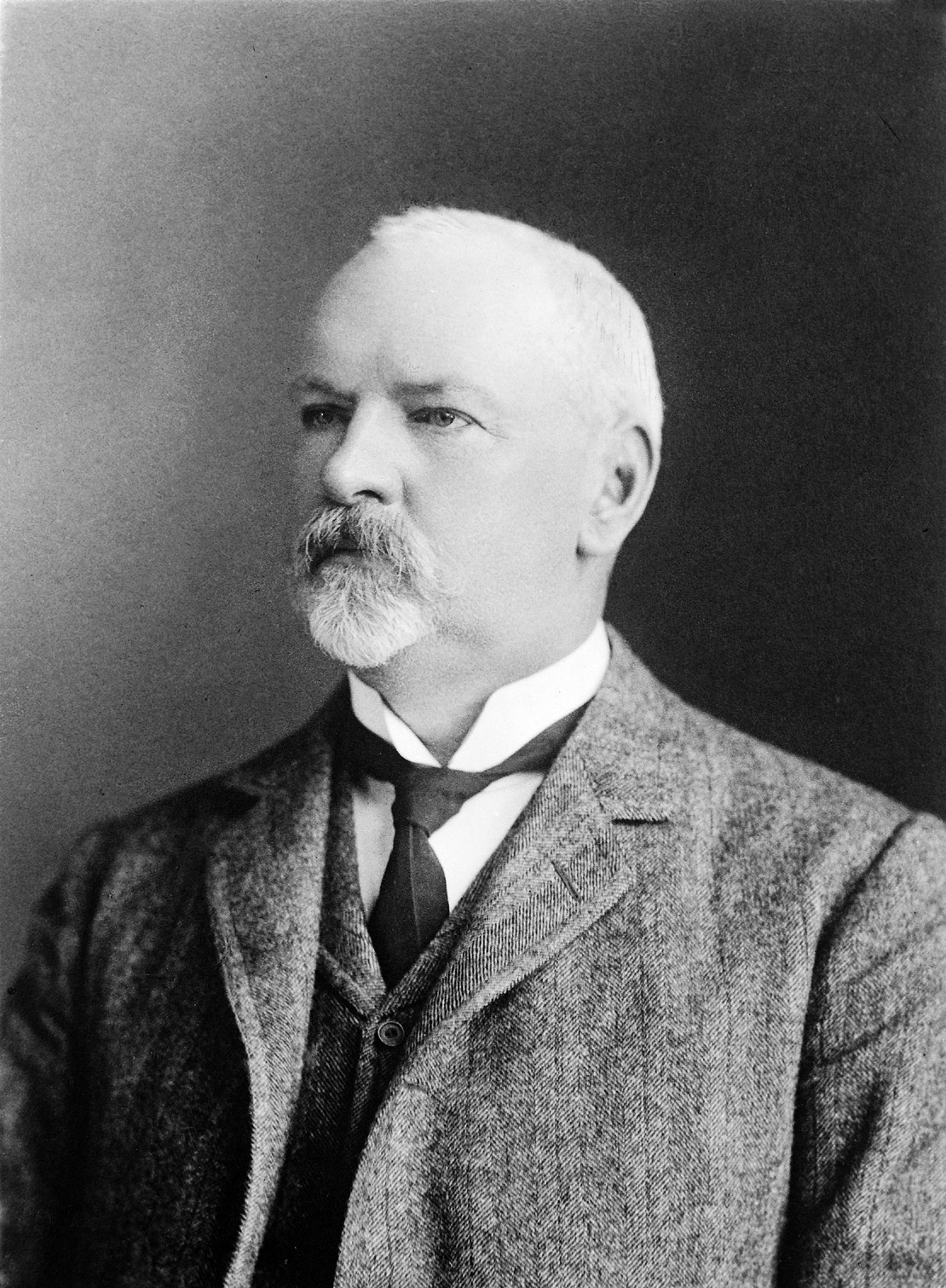Johnson Symington on:
[Wikipedia]
[Google]
[Amazon]

 Johnson Symington FRS
Johnson Symington FRS

 Johnson Symington FRS
Johnson Symington FRS FRSE
Fellowship of the Royal Society of Edinburgh (FRSE) is an award granted to individuals that the Royal Society of Edinburgh, Scotland's national academy of science and Literature, letters, judged to be "eminently distinguished in their subject". ...
FZS LLD (1851–1924) was a British anatomist and zoologist. He was President of the Ulster Medical Society for 1896/7. He served as President of the Anatomical Society of Great Britain and Ireland 1904 to 1906. He is noted for his comparative studies of the brain of modern man and prehistoric man, and of man and other primates. From 1923 onwards Queen's University Belfast
The Queen's University of Belfast, commonly known as Queen's University Belfast (; abbreviated Queen's or QUB), is a public research university in Belfast, Northern Ireland, United Kingdom. The university received its charter in 1845 as part of ...
award a Symington Prize every year to junior anatomists in his honour.
Life
He was born on 8 September 1851 inTaunton
Taunton () is the county town of Somerset, England. It is a market town and has a Minster (church), minster church. Its population in 2011 was 64,621. Its thousand-year history includes a 10th-century priory, monastic foundation, owned by the ...
in Somerset
Somerset ( , ), Archaism, archaically Somersetshire ( , , ) is a Ceremonial counties of England, ceremonial county in South West England. It is bordered by the Bristol Channel, Gloucestershire, and Bristol to the north, Wiltshire to the east ...
. He studied medicine at the University of Edinburgh
The University of Edinburgh (, ; abbreviated as ''Edin.'' in Post-nominal letters, post-nominals) is a Public university, public research university based in Edinburgh, Scotland. Founded by the City of Edinburgh Council, town council under th ...
and graduated with an MB ChB
A Bachelor of Medicine, Bachelor of Surgery (; MBBS, also abbreviated as BM BS, MB ChB, MB BCh, or MB BChir) is a medical degree granted by medical schools or universities in countries that adhere to the United Kingdom's higher education tradi ...
in 1877. As was then common, he became a demonstrator in the anatomy lectures, dissecting as the lecturer spoke. In 1879 he was promoted to a lecturer himself. He lectured from Minto House on Chambers Street. While in Edinburgh he lived at “Falconburg Lodge”, 2 Greenhill Park.
He received his MD in 1885 and was elected a Fellow of the Royal Society of Edinburgh
The Royal Society of Edinburgh (RSE) is Scotland's national academy of science and letters. It is a registered charity that operates on a wholly independent and non-partisan basis and provides public benefit throughout Scotland. It was establis ...
in the same year. His proposers were Sir William Turner, Ramsay Heatley Traquair
Ramsay Heatley Traquair FRSE FRS (30 July 1840 – 22 November 1912) was a Scottish naturalist and palaeontologist who became a leading expert on fossil fish.
Traquair trained as a medical doctor, but his thesis was on aspects of fish anatomy ...
, John Duncan and Robert Gray. He was elected a Fellow of the Royal Society of London
The Royal Society, formally The Royal Society of London for Improving Natural Knowledge, is a learned society and the United Kingdom's national academy of sciences. The society fulfils a number of roles: promoting science and its benefits, r ...
in 1903.
In 1893 he accepted the post of Professor of Anatomy at Queen's College, Belfast
The Queen's University of Belfast, commonly known as Queen's University Belfast (; abbreviated Queen's or QUB), is a public research university in Belfast, Northern Ireland, United Kingdom. The university received its charter in 1845 as part of ...
, replacing Prof Peter Redfern. In 1901 he also became Registrar of the College. In 1907/8 he was one of the seven commissioners elevating the college to university status under the Irish University Act 1908. The college gave him an honorary doctorate (LLD) on his retiral in 1918 due to illness, at which point he returned to live in Edinburgh. He was replaced at Queen's by Thomas Walmsley.
He died on 24 February 1924. He is buried with his wife and daughter in Morningside Cemetery, Edinburgh
Morningside Cemetery is a cemetery in south List of graveyards and cemeteries in Edinburgh, Edinburgh. It was established in 1878 by the Metropolitan Cemetery Company, originally just outwith the then city boundary, the nearest suburb then b ...
. His grave lies near the centre of the northern half.
Family
He was married to Juliet Bryce (died 1909).Publications
*''The Topographical Anatomy of the Child'' (1887) *''The Cerebral Convultions in the Primates'' (1894) *''The Cerebral Commisures of Non-Placental Mammals'' (1894) (Monotremes
Monotremes () are mammals of the order Monotremata. They are the only group of living mammals that lay eggs, rather than bearing live young. The extant monotreme species are the platypus and the four species of echidnas. Monotremes are typified ...
and Marsupials
Marsupials are a diverse group of mammals belonging to the infraclass Marsupialia. They are natively found in Australasia, Wallacea, and the Americas. One of marsupials' unique features is their reproductive strategy: the young are born in a ...
)
*''The Marsupial Larynx'' (1899)
*''Atlas of Skiagrams'' (1908)
*''Joint editor of Quain's Anatomy'' (1908/9)
*''Splanchnology
Splanchnology is the study of the visceral organs, i.e. digestive, urinary, reproductive and respiratory systems.
The term derives from the Neo-Latin ''splanchno-'', from the Greek
Greek may refer to:
Anything of, from, or related to Greece, a ...
'' (1914)
*''Atlas of Topographical Anatomy'' (1917)
References
External links
* {{DEFAULTSORT:Symington, Johnson 1851 births 1924 deaths British anatomists People from Taunton Alumni of the University of Edinburgh Academics of the University of Edinburgh Fellows of the Royal Society of Edinburgh Fellows_of_the_Zoological_Society_of_London